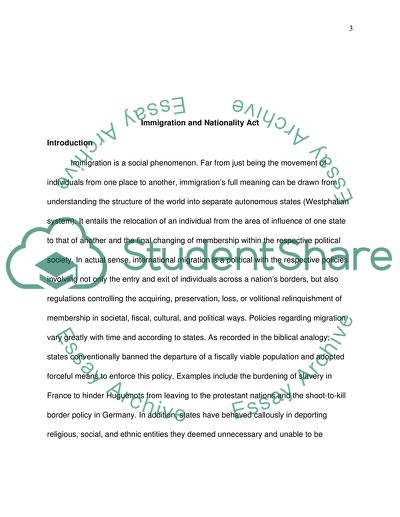Cite this document
(Immigration and Nationality Act Research Paper Example | Topics and Well Written Essays - 2000 words, n.d.)
Immigration and Nationality Act Research Paper Example | Topics and Well Written Essays - 2000 words. Retrieved from https://studentshare.org/social-science/1746653-immigration-and-nationality-act
Immigration and Nationality Act Research Paper Example | Topics and Well Written Essays - 2000 words. Retrieved from https://studentshare.org/social-science/1746653-immigration-and-nationality-act
(Immigration and Nationality Act Research Paper Example | Topics and Well Written Essays - 2000 Words)
Immigration and Nationality Act Research Paper Example | Topics and Well Written Essays - 2000 Words. https://studentshare.org/social-science/1746653-immigration-and-nationality-act.
Immigration and Nationality Act Research Paper Example | Topics and Well Written Essays - 2000 Words. https://studentshare.org/social-science/1746653-immigration-and-nationality-act.
“Immigration and Nationality Act Research Paper Example | Topics and Well Written Essays - 2000 Words”, n.d. https://studentshare.org/social-science/1746653-immigration-and-nationality-act.


